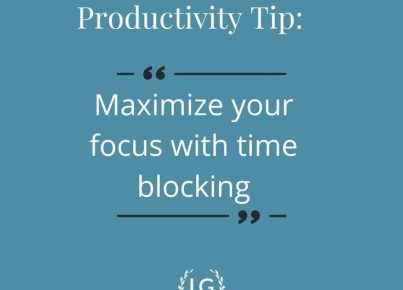As of July 1, 2021, the National Collegiate Athletics Association (NCAA) introduced the Name, Image, and Likeness (NIL) policies, allowing college athletes to earn money from their personal brand without jeopardizing their eligibility to compete. This has created a whole new landscape for college athletics, and it’s essential that both athletes and fans understand the implications of these new policies.
Compensation
Under the NIL policies, athletes can receive compensation for their name, image, and likeness. This means that they can profit from sponsorships, endorsements, and other merchandise sales. Athletes must report their earnings to their respective universities, and they must comply with all state and federal tax regulations. However, schools themselves are not allowed to compensate athletes directly, and sponsorship deals must be negotiated independently.
Enforcement and Compliance
Athletes are required to comply with their university’s NIL policies and state laws, and they must follow NCAA guidelines. Universities must monitor compliance, and they must report any violations to the NCAA.
It’s worth noting that state NIL laws vary, and some states have additional requirements that athletes must adhere to. Therefore, it’s essential to consult with a legal professional or university compliance representative to ensure compliance.
Impact on Recruiting
NIL policies can also have a significant impact on recruiting. Schools with elaborate branding and sponsorship opportunities may have an advantage in recruiting prospects. Athletes may choose a school based on the potential branding opportunities rather than the school’s athletic program itself. This can ultimately level the playing field among universities, providing greater opportunities for all athletes.
Challenges
There are also challenges with NIL policies. One significant concern is the possibility of pay-for-play scandals, where universities may offer endorsement deals to athletes based on their recruitment status. This could create an unfair advantage in recruiting and hurt smaller schools that may not have as many opportunities for endorsement deals.
Another challenge is universities ensuring that all athletes have equal opportunities for endorsement deals. It’s uncertain how this will play out in practice, and it’s essential for universities to ensure that all athletes have the same opportunities.
Conclusion
Overall, the new NIL policies bring much-needed changes to college athletics, allowing athletes to profit from their personal brand. However, it also presents challenges that universities and athletes must navigate. By understanding the policies and complying with guidelines, both universities and athletes can ensure that their actions are ethical and legal. As the landscape of college athletics continues to evolve, it is essential to recognize the impact of the NIL policies and what it means for college sports as a whole.



